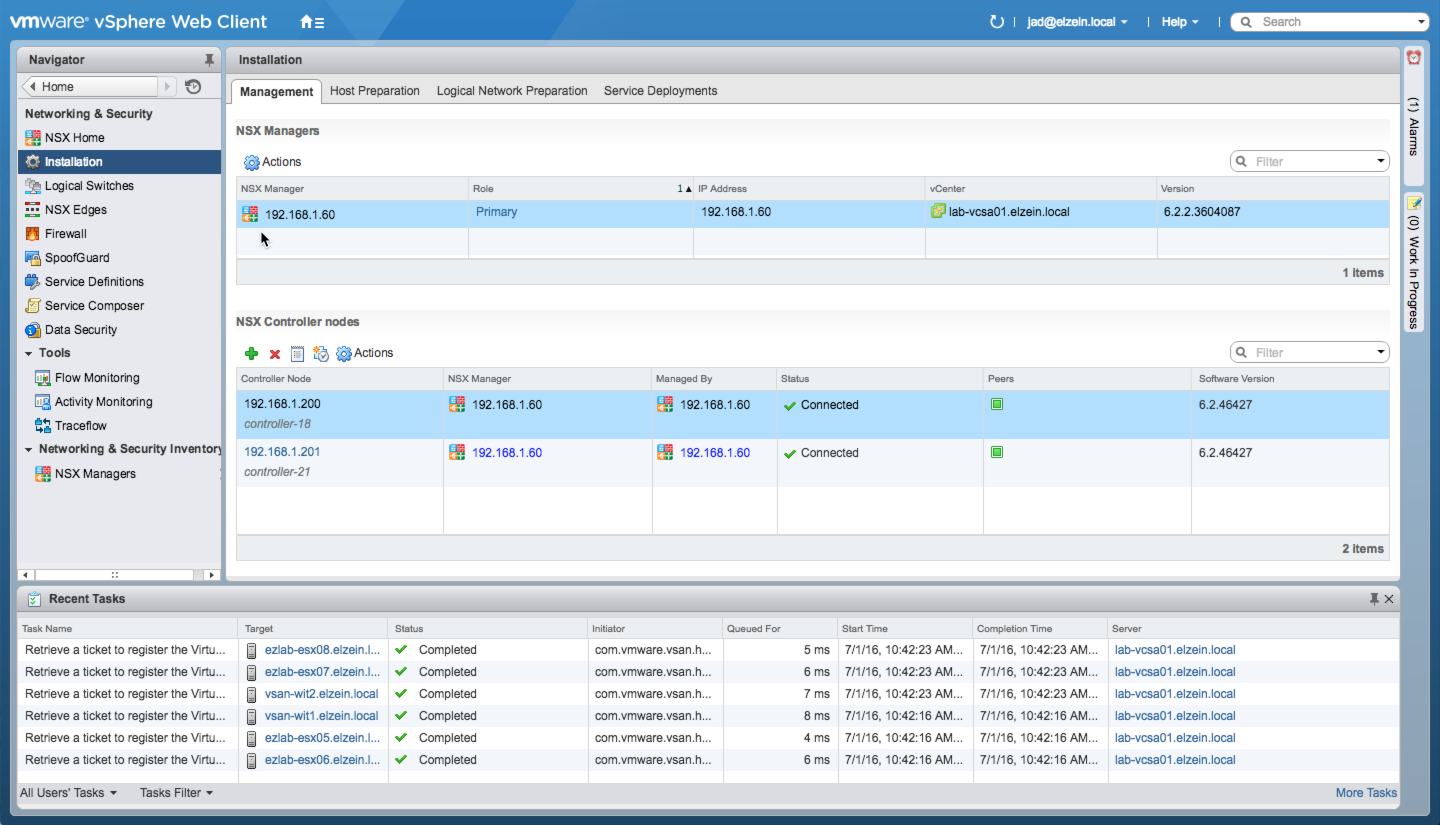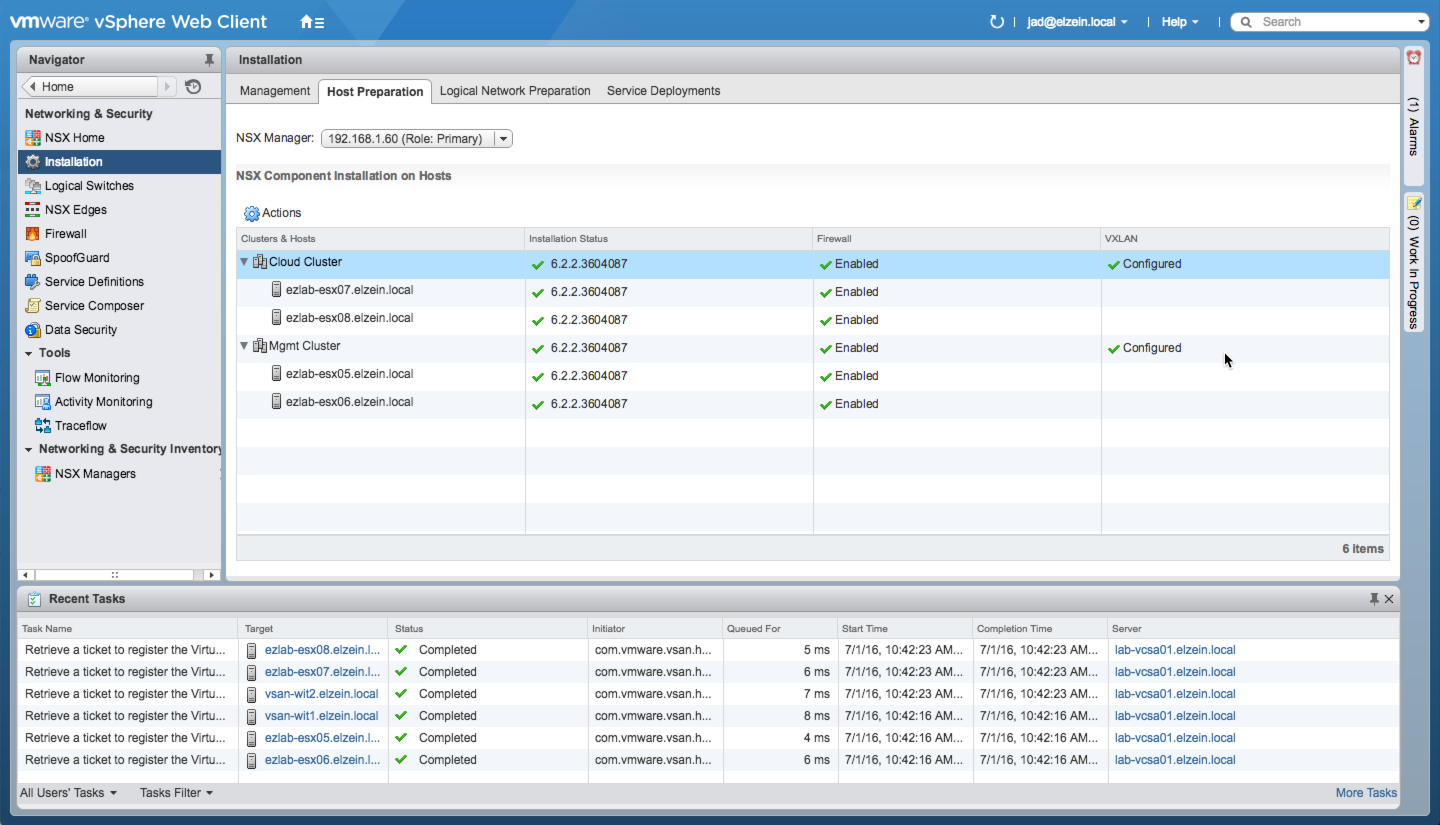vRA and NSX – Intro to Network and Security Automation
Network and security automation — and specifically the use of on-demand services — will continue to play a more significant role as NSX (and network virtualization in general) continues to become more and more prominent. Customers are still trying to understand the impacts of app-centric networking and whether or not they’re ready to hand these critical services to automation tools. There’s a perception that automation reduces control and/or visibility into networking and security services that traditionally involve a ton of ownership, red tape, and several siloed personalities that love to hear their own voice (I used to be one!). Plus, there are personal domains and certifications to protect!
Once these folks realize vRA + NSX will provide greater control, more governance, and better visibility than they’ve ever had before, heads tend to deflate a bit. NSX adoption is on a rocketship and its benefits are resonating with traditional network silos and modern shops alike. As adoption (and resulting trust) continues to grow within an enterprise, the second part of the equation — automation — become the obvious next step for streamlining network and security services, often getting kicked off with two wonderful words: now what? Enter vRealize Automation.
For its part, vRA is designed to bridge the gap between a pure consumption model and on-demand everything.…
![[virtualjad.com]](https://www.virtualjad.com/wp-content/uploads/2018/11/vj_logo_med_v3.png)

